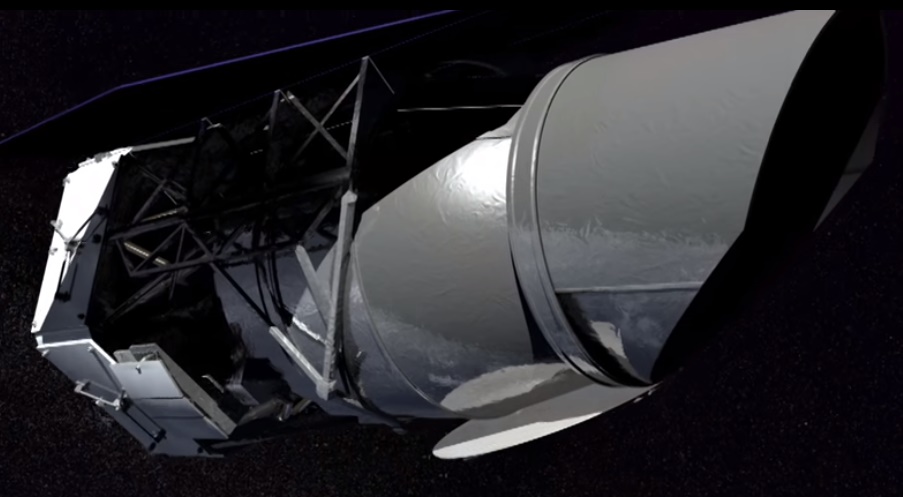NASA is officially on a new mission with its humongous WFIRST- Wide Field Infrard Survey telescope to unveil the conundrum of the dark energy and dark matter. The WFIRST is a telescope that is 100 times bigger than the Hubble’s Telescope and can be implemented to observe the evolution of cosmos and other mysteries of the universe. Before beginning the mission, NASA’s Agency Program Management Council evaluated the feasibility of the project and on Wednesday they decided to carry on with the project.
“WFIRST has the potential to open our eyes to the wonders of the universe, much the same way Hubble has,” said John Grunsfeld, astronaut and associate administrator of NASA’s Science Mission Directorate at Headquarters in Washington. “This mission uniquely combines the ability to discover and characterize planets beyond our own solar system with the sensitivity and optics to look wide and deep into the universe in a quest to unravel the mysteries of dark energy and dark matter.”
WFIRST is NASA’s next major Astrophysics Observatory. It will also have an instrument called Coronagraph. This Coronagraph will evaluate detailed measurements of the chemical makeup of planetary atmospheres. The instrument will block the to block the burning glares of individual stars and study the faint light of planets orbiting around them. It will also fetch information about the chemical composition of planetary atmospheres.
“WFIRST is designed to address science areas identified as top priorities by the astronomical community,” said Paul Hertz, director of NASA’s Astrophysics Division in Washington. “The Wide-Field Instrument will give the telescope the ability to capture a single image with the depth and quality of Hubble, but covering 100 times the area. The coronagraph will provide revolutionary science, capturing the faint, but direct images of distant gaseous worlds and super-Earths.”
Neil Gehrels, WFIRST project scientist at NASA’s Goddard Space Flight Center in Greenbelt, Maryland said:
In addition to its exciting capabilities for dark energy and exoplanets, WFIRST will provide a treasure trove of exquisite data for all astronomers.
Check out the video

Leave a Reply